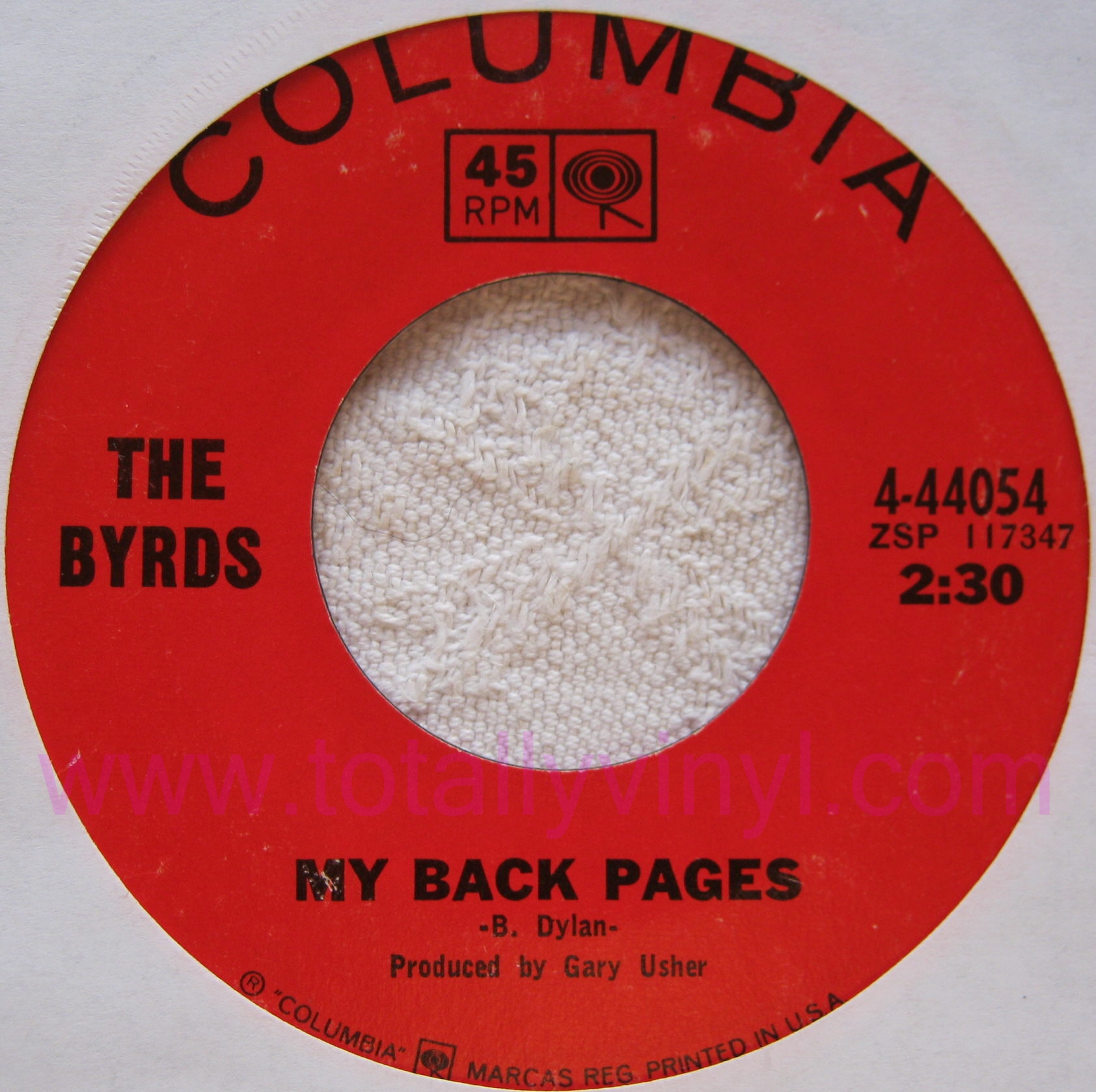

The band’s best Dylan interpretation isn’t Tambourine Man, though, nor Chimes of Freedom or You Ain’t Goin’ Nowhere, nor even the two separate versions of It’s All Over Now, Baby Blue (though I’m very fond of the 1969 recording – the slow one that’s on The Very Best of the Byrds). They – even before Hendrix transformed All Along the Watchtower – raised the Dylan cover to an artform.

The band’s opening statement, its recording of Mr Tambourine Man, stands not just for their own career, but the entire genre of folk-rock. I do love Notorious Byrd Brothers and Sweetheart of the Rodeo too (at least if you programme it so that you use the outtake recordings with Gram Parsons’ vocals, rather than the ones with McGuinn’s impression of him), and I’d perhaps agree that nothing on YtY is quite as breathtaking as Goin’ Back or Hickory Wind, but what Younger than Yesterday has in its favour is My Back Pages.Īmong the very many things they were, the Byrds were the finest interpreters of Bob Dylan’s music, covering more than 20 different Dylan songs, with few clunkers among them.

The predominance of Chris Hillman songs (he has four solo writing credits and a co-write on So You Want to Be a Rock ‘n’ Roll Star) does make Younger than Yesterday a bit of an outlier in the Byrds’ canon, but those songs are actually pretty strong, Have You Seen Her Face and Time Between especially, and Younger than Yesterday is by a nose my favourite Byrds album. Younger than Yesterday saw the Byrds pulling in every direction they knew how to: Beatle-ised Dylan covers, embryonic country rock with psychedelic touches, lysergic folk-rock, a jazzy torch song, driving rock ‘n’ roll with jazz trumpet, another one of Roger McGuinn’s rather goofy sci-fi songs, a ’65 Beatles pastiche and, in the shape of David Crosby’s much-maligned (rightly maligned) Mind Gardens, Indian raga.


 0 kommentar(er)
0 kommentar(er)
